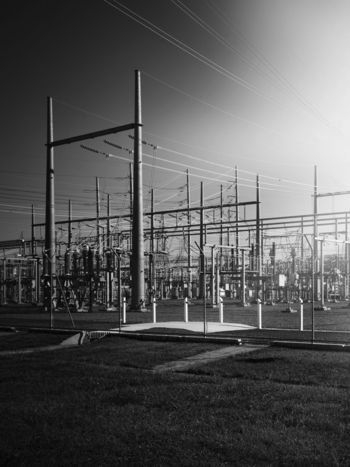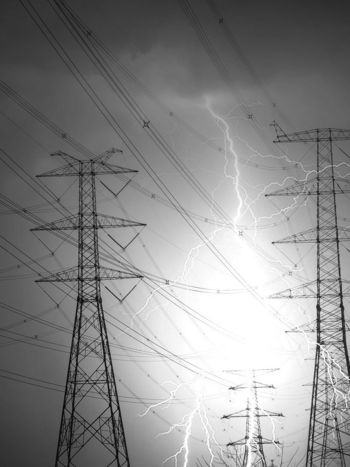Trading Electricity with Blockchain Systems
On the wave of the development of new ICT technologies and renewable energy, the power system will certainly experience great changes to its outdated architecture over the next several decades. One of the key drivers of change in the power system are distributed energy resources. They are completely changing the paradigm of the power system as a system with a centralized hierarchy and one-way power flows from generation to customer and from high voltage to low voltage. Because the goals of net zero greenhouse gas emissions are gathering pace and are being accepted by countries around the world, slowdown in the integration of distributed energy resources cannot be expected. Another reason why we can expect faster integration is the development of technology for energy production which is becoming more available to power consumers. Because of the problems that are currently occurring in the distribution system it is clear that the system must be modernized in line with the development of these technologies. The technology that will likely have the greatest impact on the modernization of the power system is blockchain technology combined with the smart grid paradigm. Blockchain has the ability to completely change the way the power system is managed and optimized for performance.
Members
Convenor (AU)
D. BOWKER
Secretary (US)
A. VENKATESWARAN
DR. F. MOHAMMADI (CA), A. AL GARNI (SA), M.VUKOBRATOVIC (HR), C. LIMA (US), F. RAHIMI (US), I. FERREIRA (CO), D. BOSNJAK (HR), H. AGABUS (EE), P. AGARWAL (IN), S. JAIN (IN), S. MIKULICH (AU), V. FRANCISCO (AU), T. SAWA (JP), U. CALI (NO), V. BEREZOVSKY (RU), H. DAVIS (US), S. MUKHERJEE (IN), G. KARLOVSEK (SI), A. BARAKAT (AU), V. BHANDARI (AU), I. OSTHEIMER (HR), DR J. GREEN (AU)
The CIGRE Market and Regulation Study Committee established an initial working group to study the application of blockchain technology which published a Technical Brochure in 2020 titled “The role of blockchain technologies in power markets”. This Technical Brochure was summarised in a paper presented to the Paris session in 2022 titled “The Applications of Blockchain Technologies to Energy Markets”. The work reported on in this paper builds on the work done in the earlier working group but with a focus on energy trading.
This Technical Brochure presents an overview of the latest research and implementation projects using the integration of blockchain technology in the power system, with a focus on energy trading. The analysis presents the advantages and disadvantages of some proposed solutions. It should be emphasized once again that blockchain is a very young technology and therefore its applications have not yet been fully explored, but from this review it is clear that every year the number of academic papers related to this topic increases. Most of the papers covered by this review are of a simulation type, which means that there is currently only a small number of applications in operational systems. However, there are still a number of those that have been tested in real environments and have shown good results. The big disadvantage of testing such systems in real environments is that the power system is an essential service for customers in the residential, commercial, and industrial sectors. Therefore, there is no space for errors and such implementations require large investments since the power system is one of the largest systems in the world.

In order for the implementation of the blockchain technology to fully come to life, and bring positive effects on the power system, it is necessary to install smart meters in all households. Blockchain inherently increases the protection of customer data and the privacy of users and delivers a very small possibility of cyber-attacks. This system also supports peer to peer energy exchange at the distribution level, which in turn has additional benefits for both system users and the power system as a whole. First of all, it brings the possibility of further integration of distributed energy sources so that almost all the energy will be consumed at the place of production and reverse power flows will be reduced. Local production and consumption entail less line losses and losses in the power system because the transmission of energy over long distances is not required. The implementation of such systems allows precise and timely load management through mechanisms such as demand response, reduction of the ratio of peak to average ratio (PAR), generation and consumption planning on the demand side, etc.



